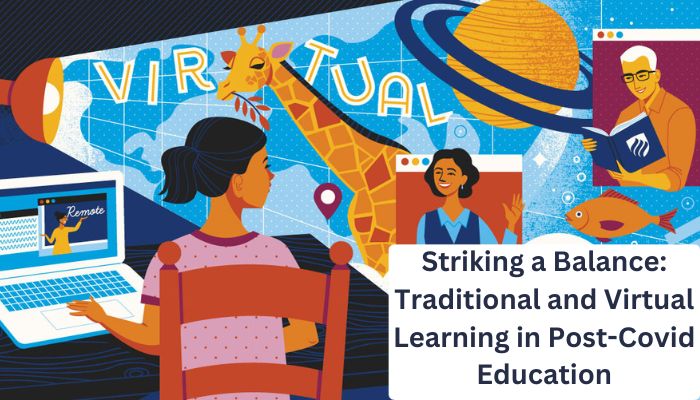The field of education has witnessed a profound transformation in recent years. The imperative to democratize education and foster essential skills, coupled with the unprecedented challenges brought on by the Covid-19 pandemic, have acted as compelling drivers for educational institutions to make significant shifts.
In this era of ever-expanding virtual learning, the need arises to reevaluate the future of education. Questions inevitably surface: Can virtual learning rival the effectiveness of traditional classroom learning? Does virtual learning truly democratize access to education, facilitating global collaborative learning? What adaptations are necessary among educators and students to ensure the efficacy of learning in the age of virtual classrooms?
Recently, during a panel discussion I participated in at the University of Sydney, Australia, a student passionately emphasized the holistic learning derived from physical classroom experiences.
The effectiveness of virtual learning, a multi-faceted and intricate process, necessitates long-term longitudinal studies to accurately gauge its impact and identify potential shortcomings. Beyond the dissemination of technical knowledge, physical classrooms foster peer-to-peer learning, social interaction, and personal development—dimensions of education that virtual settings may struggle to replicate.
Undoubtedly, virtual learning possesses the potential to democratize education and make it accessible to a broad cross-section of the population. A wealth of educational resources is available online, covering a myriad of topics, and online classrooms hold the promise of providing students worldwide with access to top-quality courses taught by renowned professors. However, it’s crucial to acknowledge that access to quality internet and peaceful learning environments remains a significant challenge in many underdeveloped and developing regions.
Considering the teacher’s perspective, the interactive nature of classroom teaching is challenging to envision in the online domain. Transitioning to online teaching necessitates substantial additional effort and a shift in mindset for educators.
Hybrid classrooms, thoughtfully combining the strengths of physical and virtual learning, can offer innovative models for collaborative teaching and help alleviate some of these challenges. For instance, IIT Madras introduced a joint master’s program with Kathmandu University, where students are enrolled in both institutions simultaneously, earning credits through physical and hybrid classes within the same semester. This approach provides considerable flexibility for both students and faculty, fostering the development of captivating academic programs that anticipate the future.
Virtual learning, like any tool, presents a dual-edged nature. While it unveils vast opportunities, it’s imperative for educators to adopt a balanced approach when assessing the effectiveness of virtual teaching and learning. Moreover, they should remain mindful of the inclusion aspects as they navigate the educational landscape ahead.

